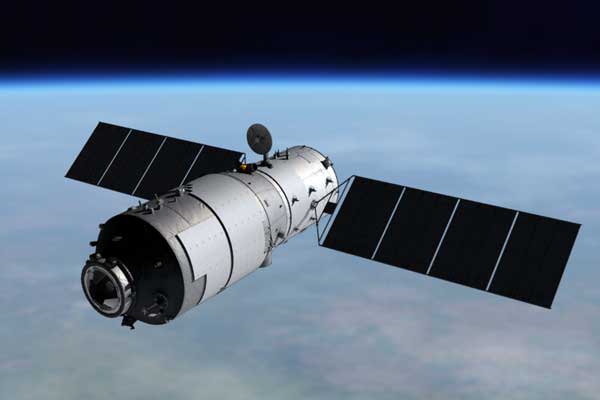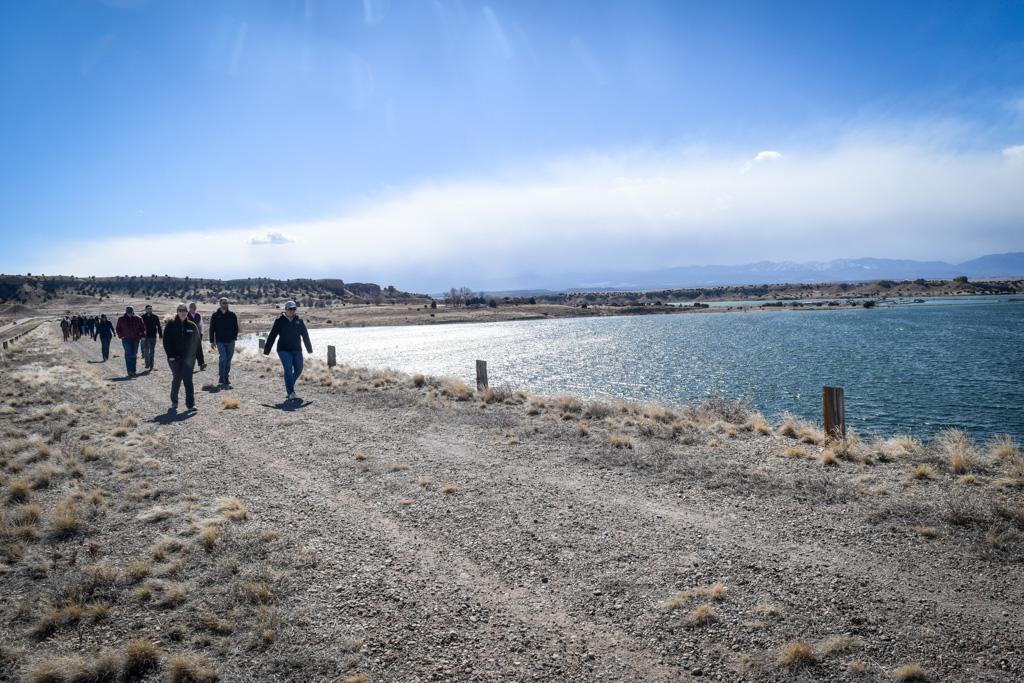
Sometime this weekend, an abandoned Chinese space station should come hurtling through Earth's atmosphere. Tiangong-1 has been deteriorating in our planet’s thin, upper atmosphere, and originally, the plan was to bring it down in a controlled way. But the Chinese lost contact with it a few years ago.

Astronomer and science writer Phil Plait, of Boulder, says satellites and rocket engines re-enter the atmosphere all the time. But the thing is, “This thing is big. It’s school bus-ish size and it weighs 9 -10 tons. So most of of it will burn up in our atmosphere. But it’s predicted that some pieces will make it to the Earth’s surface. The question is where?”
- European Space Agency: Tiangong-1 FAQ
- Phil Plait On Twitter: @BadAstronomer
- On Bad Astronomer: Map Of Likely Trajectory
The odds that parts would hit a populated area are very, very low, Plait says. They'd likely crash into the ocean -- since water covers most of the planet. There is a small chance, though, that you'll be able to see the reentry in Colorado --but the where and when is all a bit sketchy.
“It depends on a lot of things. How thick the atmosphere is, the shape of the spacecraft, if it’s long and thin. If it’s sort of facing like an arrow it’s not going to have much drag, but if it’s facing face on into the atmosphere it’s going to drop faster,” Plait said. “So predicting where this thing is going to be more than a day or two ahead is going to be very difficult right now. That’s why we don’t know exactly when it’s going to drop."
Typically, Plait, says objects this big-- and this low -- are visible to the naked eye. It would look similar to a star or a plane traveling across the sky.
“This thing is orbiting at 5 miles per second, and we don’t know exactly when it’s going to come down. So for every second that the prediction is off, you’re off by 5 miles in the target. And so we really won’t know when it’s coming down until shortly before it does. The predictions all center around April first, plus or minus a couple of days. So it could come down as early as Thursday or as late as something early next week.”
Plait, who was the head science writer for "Bill Nye Saves The World," says he'll be tweeting once things are clearer@BadAstronomer








